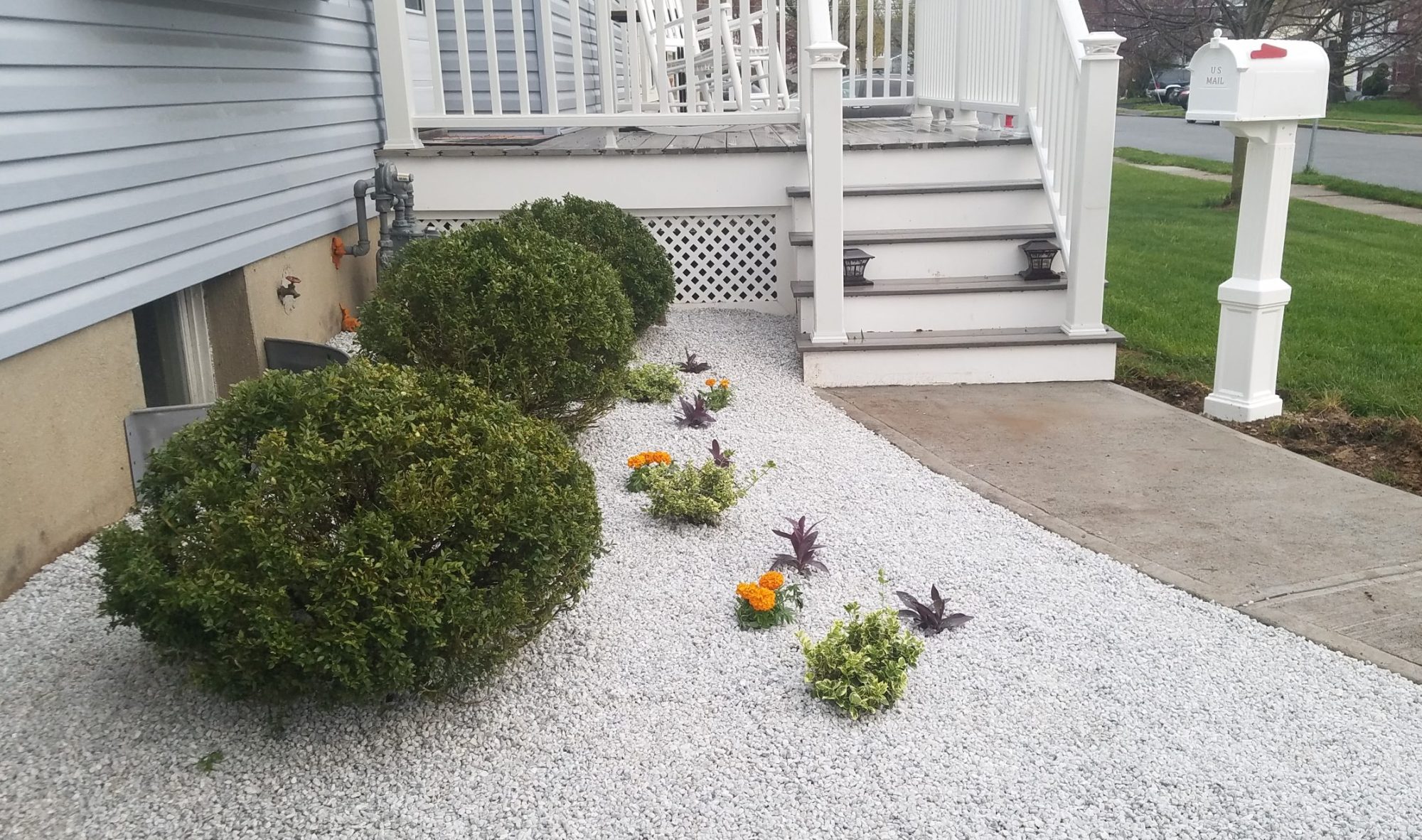Have you seen insect bugs or pests in your houseplants as of late? Fortunately, there are ways to rid your plants (indoor and outdoor!) of bugs without using chemicals! This is Hidden Leaf Landscaping‘s guide to keeping bugs out your plants. This page will guide you though the process of dealing with pests with a step, by step by guide.
Here are 11 at home Bug remedies which range from repellents, inescticides to traps all of which can be made with products readily available in your home.
Option I. ) Natural Sprays
| easy to make |

1. Spray soapy water
Soap dehydrates aphids and spider mites. Mix 5 TBLspoons of dish soap w/ 4 cups of water in a bottle and spray plants with the solution.
2. Neem oil spray
Made from the seeds of neem trees native to India, this age-old, natural insecticide and anti-fungicide repels aphids, mites, scale and other small, soft-bodied insects.
3. Pyrethrum spray
This natural insecticide is made from dried chrysanthemum flowers. Mix the powder with water and dish soap to create a spray. Pyrethrum spray paralyzes flying insects on contact, so many pest control companies use it to control mosquitoes.
These preliminaries settled, he did not care to put off any longer the execution of his design, urged on to it by the thought of all the world was losing by his delay, seeing what wrongs he intended to right, grievances to redress, injustices to repair, abuses to remove, and duties to discharge.
4. Set a Beer trap.
Beer is a favorite for Snails & slugs specifically. Place a few saucers of beer to trap and prevent these bugs from reaching your plants leaves / roots. An alternative to beer is Grape juice; grapefruit or orange rinds also make good traps.
5. Garlic
Garlic’s strong smell repels bugs & vampires. Consider putting a garlic clove into the soil of plants to keep bugs away.
6. Pepper spray.
Make a solution of 2 tablespoons red pepper, 6 drops of dish soap and 1 gallon of water, and spray your plants. Black pepper, chili pepper, dill, ginger and paprika also work because they contain capsaicin, which repels spider mites and other insects.
7. Herbal water spray
Essential oils from sage, thyme, basil, rosemary, mint, rue and lavender repel some insects. To create a spray, take crushed leaves or trimmings, soak in a bucket of water overnight and strain. Or, dilute store-bought essential oil with water. You can also plant these herbs in your yard to detract insects.
8. Alcohol spray
Create a solution by mixing 1 or 2 cups of 70 percent isopropyl alcohol with a quart of water. The solution will repel insects from houseplants and tropical foliage.
Option II. ) Traps & Detterents
1. Nicotine
To repel leaf-chewing insects, make a nicotine tea by soaking 1 cup of dried, crushed tobacco leaves in 1 gallon of warm water and one-fourth teaspoon of dish soap. Strain after 30 minutes, and spray the mixture directly on the leaves.
2. Water
Much like a heavy downpour, a strong spray of water from a house can remove bugs from plants
3. Tomato leaf as a natural insecticide
Tomato plants are part of the nightshade family that contain alkaloids such as the aptly named “tomatine,” which can effectively control aphids and other insects.
To make tomato leaf spray for a natural insecticide,
chop 2 cups of fresh tomato leaves (which can be taken from the bottom part of the plant) into 1 quart of water, and let steep overnight. Strain out all plant material and spray the solution on plant foliage.

What to do when you see bugs on an indoor plant
Killing off all of the insects in your garden is not the desired result here, as any healthy ecosystem requires an abundance of beneficial insects, microbes, and fungi, both in the soil and on the plants themselves, so introducing other predatory insects (ladybugs, praying mantis, etc.) or creating good habitat for them, as well as building soil fertility, can also be an effective pest management approach.
Thanks you for your time!
~Article Written by Jimmy Jantzen owner & founder of Hidden Leaf Landscaping










